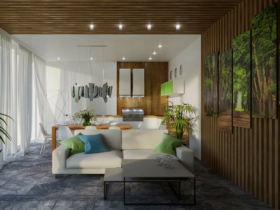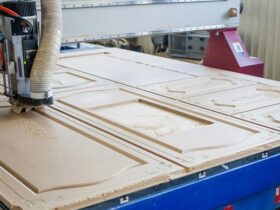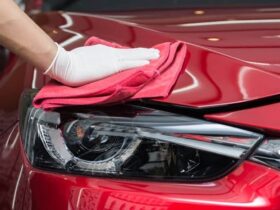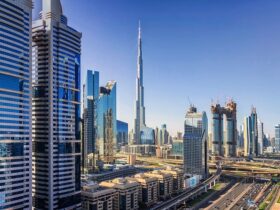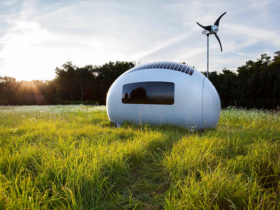In a flat roof having vapor barrier, with the initial weight of the hydrophobic powder, equal to 1.05%, and the initial moisture content of a layer of 0.47 kg/m, 72 days after the start of the test, the weighted humidity increased by 55%, and moisture content amounted to 0.91 kg/m2. Moisture -watering is 0.32 kg/m2 with an average moisture -water intensity of 4.44 g/m2 days.
The intensity of moisture -inflammation in the layer of hydrophobic powder increases sharply in the direction of lowering temperatures: the intensity of the moisture -watering in the upper part of the hydrophobic powder layer is 7 times higher than the corresponding value of the lower part of the layer.
The initial humidity of the materials in both samples of a flat roof with a wavy asbestopaner was the same. Both samples were tested with equal temperature and humidity environmental conditions. At the same time, moisture -watering in a layer of hydrophobic powder of a flat roof without vapor barrier was 46.7 g/m? day.
The intensity of moisture -watering in hydrophic powder of a flat roof without vapor barrier, ceteris paribus, 10.5 times more than in a flat roof with vapor barrier. The average weight of the layer of hydrophobic powder in a flat roof without vapor barrier for the test period increased from 1.05 to 7.85%. A particularly sharp increase in humidity was observed in the outer part of the layer of hydrophobic powder 2 cm thick, where the weight humidity of the material reached 35%. In this case, the weight of the hydrophobic powder at a distance of 0.5 cm from the outer surface of the layer reached 43%.
The moisture content of concrete tiles for the test period increased from 4.1 to 9.1% (by weight).
The weighted humidity of asbestofaners in a sample of a flat roof with vapor barrier by the end of the tests was 15%, while in a flat roof without vapor barrier, the humidity of asbestofaners did not exceed 11%.
Moisturizing hydrophobic powder in a flat roof entailed an increase in the coefficient of thermal conductivity of the material and a decrease in the heat -protective ability of the fence.

